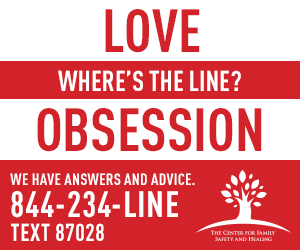A Summary of UK Vaping Regulations: Your Rights and Responsibilities
Navigating the legal landscape of vaping in the UK can seem complicated, especially with ongoing regulatory updates and evolving standards. Awareness of current regulations helps consumers avoid inadvertently purchasing non-compliant products and ensures that they are making safe and lawful choices. What are the key legal obligations for vapers and producers, and how do these rules impact your day-to-day vaping experience?
The Legal Framework for Vaping Products
The UK’s vaping regulations are primarily governed by the Tobacco and Related Products Regulations 2016 (TRPR), complemented by subsequent amendments and guidance from the Medicines and Healthcare products Regulatory Agency (MHRA). These laws are aligned with the broader UK health policy and Harm Reduction strategies.
Key Regulations Vapers Should Know
1. Product Standards and Limits
- Tank capacity: Restricted to 2ml.
- Nicotine content: Max 20mg/ml in liquids.
- Container volume: Refill containers limited to 10ml.
- Product notification: All products must be notified and registered with the MHRA before being sold.
2. Packaging and Labelling
- Child-resistant and tamper-evident packaging.
- Health warnings, ingredient disclosures, and expiry dates clearly displayed.
- Ingredients like caffeine, taurine, and certain food colourings are banned in vape products.
3. Flavour Restrictions
- Flavours attractive to minors, like candies and desserts, are restricted or banned.
- Current regulations promote appealing yet responsible flavours—such as fruit or menthol.
4. Sales and Marketing
- Restricted advertising and marketing aimed at minors.
- Age verification is mandatory at points of sale.
- Online sales are subject to strict age restrictions and data protections.
5. Disposal and Environmental Responsibility
- Sellers and consumers are encouraged to dispose of devices responsibly.
- Some retailers participate in recycling schemes to lessen ecological impact.
How These Regulations Affect Consumers
- Product Selection: Only compliant products, including devices like the IVG Smart Max, legally enter UK markets.
- Purchasing: Buying from reputable, regulated suppliers ensures adherence to standards.
- Usage: Consumers should follow safety and disposal guidelines provided on packaging and by authorities.
- Advocacy: Vapers can support ongoing efforts for fair regulation that balances safety and innovation.
Preparing for 2025 Changes
Regulations are expected to tighten further, especially concerning disposable vapes, to address environmental concerns and youth access. As these changes take effect, vapers are encouraged to stay informed and choose products that meet current standards.
Final Thoughts
Staying compliant with UK vaping regulations ensures a safer, more transparent experience and supports responsible industry growth. By choosing regulated products and understanding legal obligations, UK vapers can enjoy their vaping journey while contributing to public health and environmental goals.


